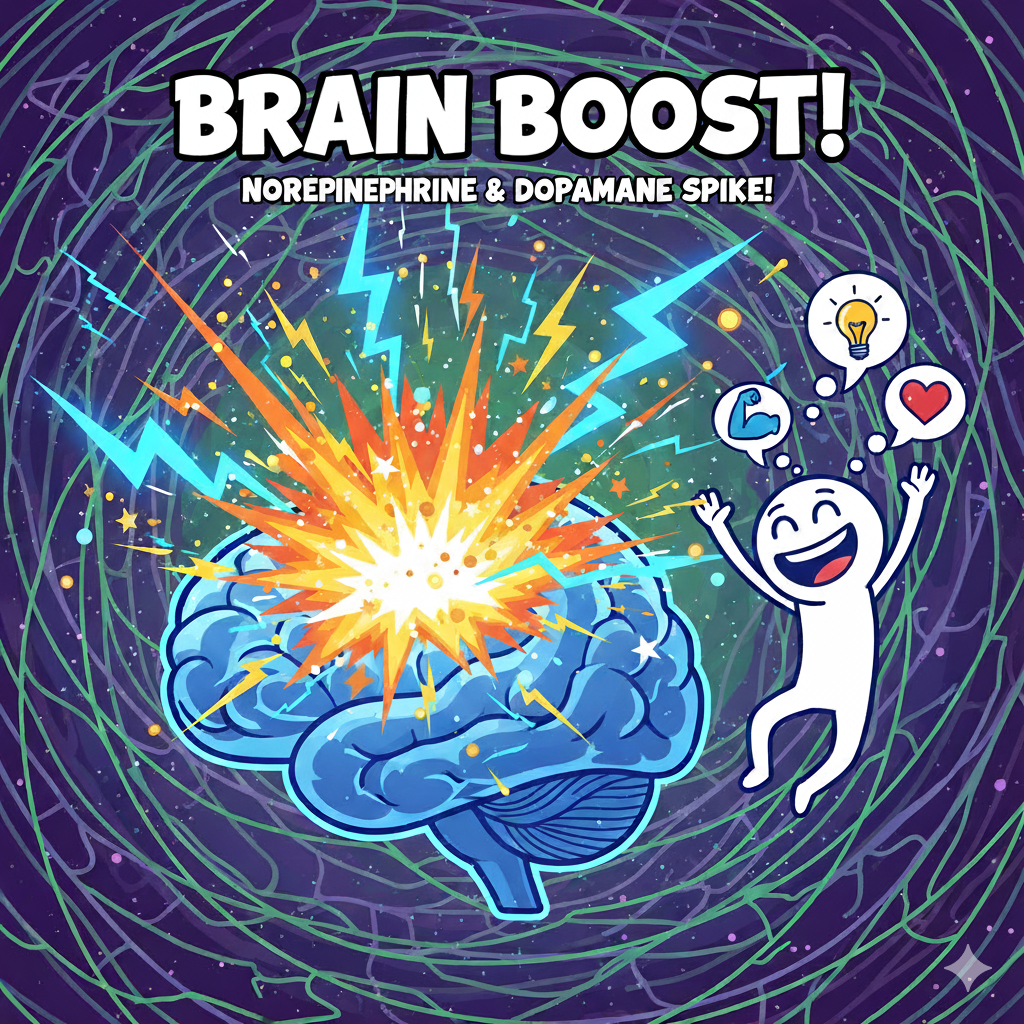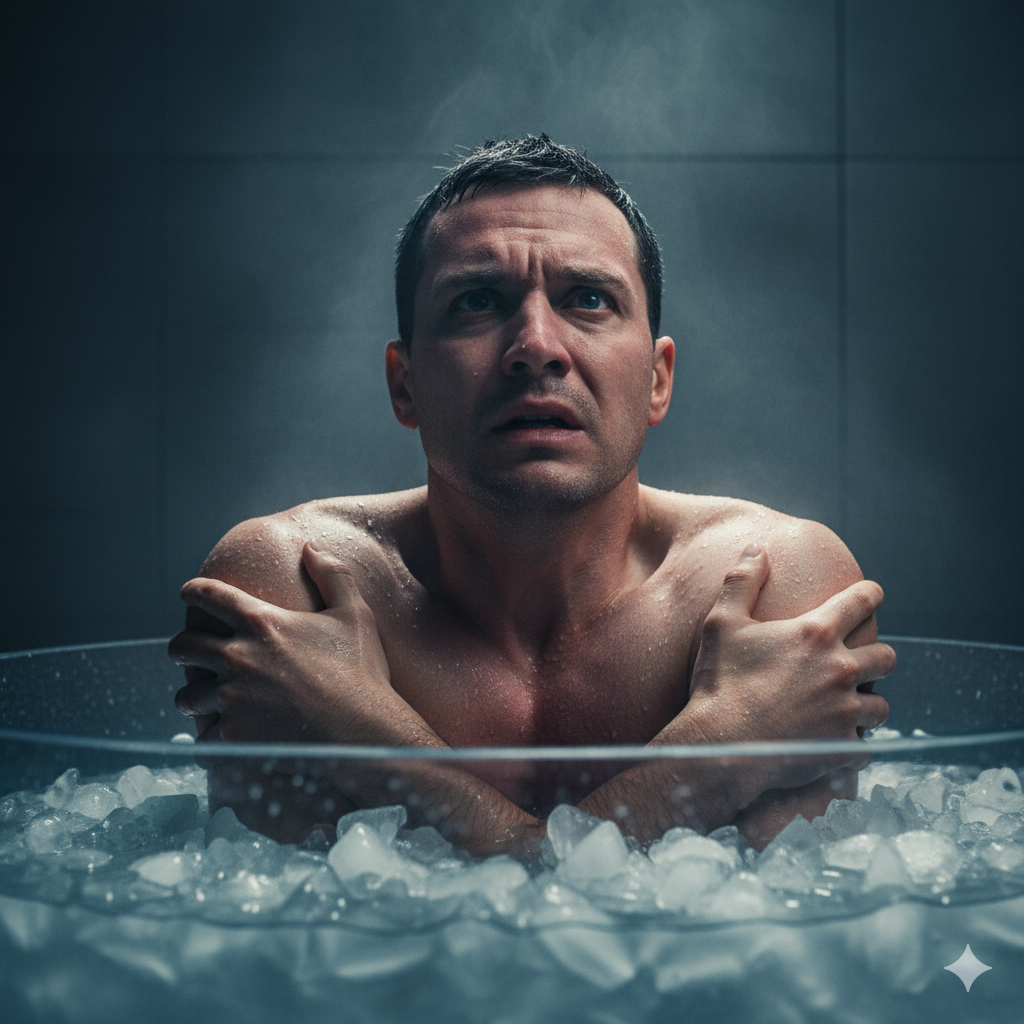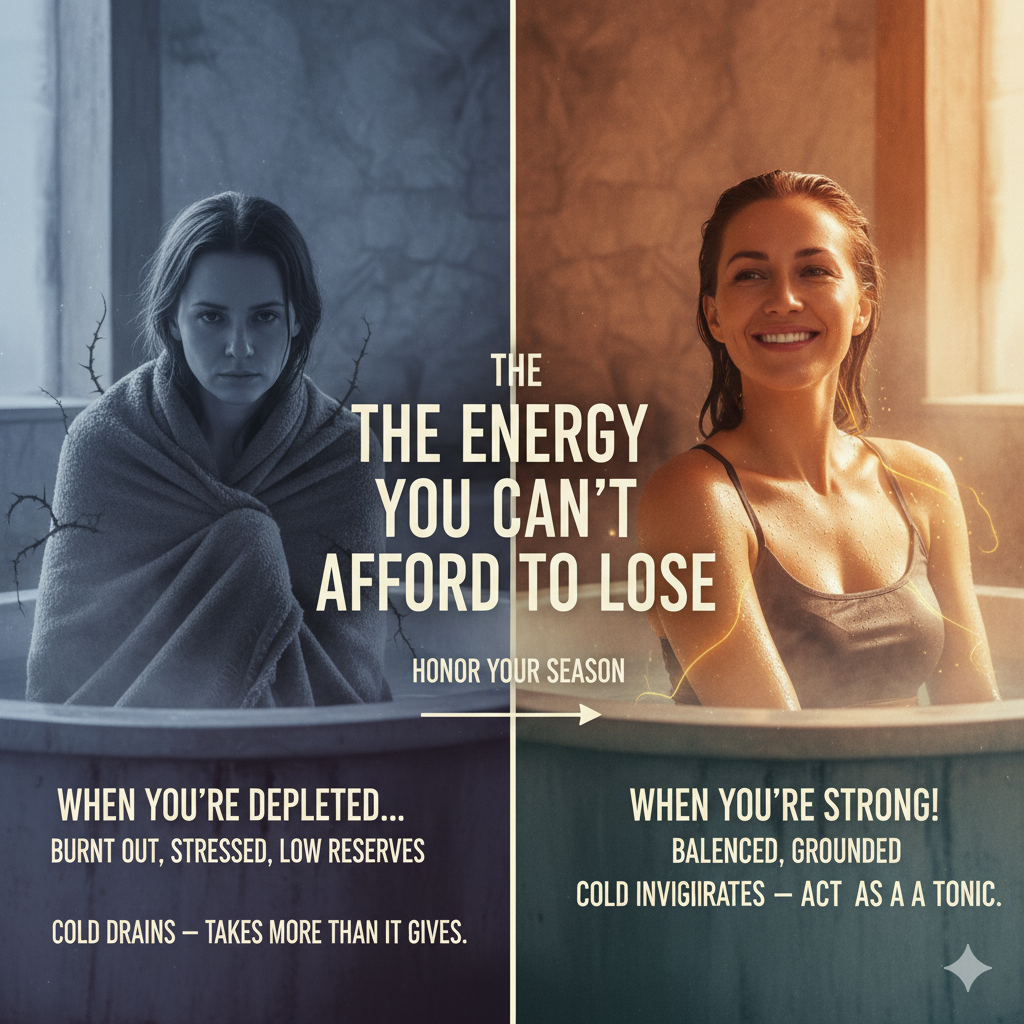The Cold Truth: Why Cold Plunging Works — And Why Most People Are Missing the Point
We don’t need another dopamine hack.
We need a nervous system that feels safe to rest, recover, and grow.
Cold plunging has captured the spotlight in the world of wellness.
It promises vitality, toughness, and a quick path to resilience — the chance to step into freezing water, conquer fear, and emerge stronger.
It’s an attractive idea. Who doesn’t want to feel powerful in the face of challenge?
But beneath the rush, the reels, and the bravado lies a quieter truth most people aren’t talking about:
Many of us aren’t using the cold to build true resilience — we’re chasing stimulation.
And sometimes, in our desire to push through, we miss the deeper work our bodies actually need.
The Physiology of the Plunge — Why It Feels So Good
When you enter cold water, your body responds exactly as it was designed to.
Your sympathetic nervous system activates, heart rate rises, blood vessels constrict, and you get a surge of norepinephrine and dopamine.
That rush can feel incredible — energizing, alive, clear.
But let’s be honest… it’s still a stress response.
Occasionally, in the right context, that spike can sharpen your capacity for resilience.
But if it becomes a daily fix or a substitute for real recovery, cold plunging can quietly keep your nervous system stuck in overdrive — the very state many of us are already trying to escape.
What Is Sympathetic Tone — And Why Does It Matter?
Your sympathetic tone is the baseline level of activity in your body’s fight-or-flight system.
At healthy levels, it helps you rise to challenges and recover afterward.
But when your sympathetic tone stays too high — whether from stress, overtraining, or constant stimulation — your body starts to live in survival mode: tense, reactive, and depleted.
That can show up as:
Restlessness or agitation
Poor sleep
Shallow breathing
Low-grade anxiety
Chronic fatigue
Cold plunging spikes sympathetic tone by design.
But when layered on top of a life that’s already running hot, it may end up feeding the cycle you’re trying to break.
The Muscle Paradox — How Cold Can Undermine Your Gains
After training, your body uses a carefully orchestrated wave of inflammation to trigger muscle repair, growth, and adaptation.
It’s a natural — and necessary — process.
Cold plunging right after resistance workouts short-circuits that signal.
It dampens satellite cell activation, interrupts the mTOR pathway, and may reduce the adaptive response your body needs to build strength.
If your goal is muscle growth or strength, using the cold as a recovery tool post-training might be costing you more than it’s giving you.
There’s nothing wrong with seeking recovery… but it’s important to ask if the tool you’re using matches the goal you have.
The Nervous System Trap — Stimulation Isn’t the Same as Regulation
There’s a popular belief that cold plunging helps you build nervous system mastery — that by enduring discomfort, you train yourself to stay calm under stress.
And sometimes — yes — it can offer that.
But when cold plunges become a daily habit or a go-to mood booster, they often shift from a practice of mastery to a source of over-reliance.
We’re not here to judge that instinct.
In a world that often leaves us feeling flat, it makes sense to reach for something that sparks life.
But lasting nervous system resilience isn’t built on stacking stressors.
It’s built on creating a deep sense of safety — where the body can finally settle, heal, and grow from a place of rest, not reaction.
The Energy You Can’t Afford to Lose — Why Cold Isn’t Always the Answer
Many traditional healing systems have long warned about the overuse of cold.
Cold is seen as a force that contracts, slows, and drains — especially when the body is already depleted.
For those who are strong, balanced, and grounded, occasional cold exposure may indeed act as a tonic.
But for anyone who’s burned out, postpartum, stressed, or running on low reserves, it can take more than it gives.
This isn’t about fearing challenge.
It’s about honoring your season and knowing when your body is asking for strength — and when it’s asking for care.
You Don’t Need the Full Plunge — There Are Gentler Ways to Reset
One real benefit of cold exposure is its activation of the trigeminal nerve — which helps regulate heart rate and supports vagal tone.
But here’s the good news:
You don’t need a full-body ice bath to activate this response.
Simply applying cool water to your upper cheeks, palms, or the soles of your feet can calm your system — without the intense sympathetic spike.
It’s not flashy.
But sometimes, the most effective tools are the quietest ones.
What Most of Us Really Need — A Practice That Restores, Not Just Stimulates
Cold plunging may teach you how to endure.
But meditation teaches you how to regulate.
Where cold provides a temporary shift, meditation rewires your baseline.
Where cold spikes your nervous system, meditation brings it into a calm, steady rhythm.
A regular meditation practice builds true resilience — one that lasts through every challenge, without relying on external shocks.
It’s slow, steady work… and that’s exactly why it works.
Sauna — The Unsung Hero of Nervous System and Longevity
If you’re looking for a practice that supports your nervous system, your heart, and your long-term health, the sauna deserves your attention.
Unlike cold plunging, sauna invites your body into a state of gentle activation and profound restoration.
It boosts circulation, supports immune health, improves heart rate variability, and fosters parasympathetic recovery.
A 2018 meta-analysis published in Mayo Clinic Proceedings linked regular sauna use with significant reductions in cardiovascular disease, lower all-cause mortality, and better autonomic balance.
In a world full of overstimulation, sauna may not seem as edgy.
But its impact runs deeper — restoring what stress, training, and life have taken away.
You’re Not Wim Hof — And You Don’t Need to Be
Wim Hof’s achievements are remarkable.
His biology, nervous system control, and cold endurance have been studied and proven to be anything but ordinary.
His story is inspiring — and we can learn a lot from his focus on breath, presence, and awareness.
But chasing his extremes without his training, constitution, or decades of adaptation isn’t resilience — it’s misunderstanding the point.
You don’t need to become Wim Hof.
You just need to become the kind of person who knows how to honor what your body truly needs.
The Unsexy Truth — What Actually Builds Lasting Resilience
Here’s the part most people overlook — and why quick-fix trends like cold plunging feel so tempting:
There is no single practice, hack, or habit that will “fix” your nervous system or your health.
Not cold plunging.
Not sauna.
Not even meditation — at least, not on its own.
Lasting resilience comes from weaving together the practices that support a strong, adaptable system over time.
It comes from living in alignment with the foundational elements your body and mind are wired for:
Moving well
Sleeping deeply
Hydrating consistently
Nourishing with real food
Spending time in nature
Building meaningful connections
Honoring your internal balance and homeostasis
This is the heart of the Live Well Project — and it’s the part that doesn’t trend because it isn’t flashy or extreme.
It’s daily, deliberate, often unsexy work… and that’s exactly why it works.
No single tool will save you.
No plunge, no protocol, no guru.
The transformation happens when you stop searching for a magic bullet — and start living in alignment with what your body truly needs.
The Strongest Choice You Can Make
Your next breakthrough may not come from colder plunges or bigger extremes.
It might come from choosing softness.
From trusting that real strength grows in the quiet moments — in the space between the pushes.
You don’t need the cold to prove you’re strong.
You’re strong when you know how to pause, nourish, and listen to your body’s deeper wisdom.
In a world that glorifies extremes, maybe the bravest choice of all…
is balance.
Yours in wellness,
Brien & Dre
Qi Movements – Move well. Live well.™







